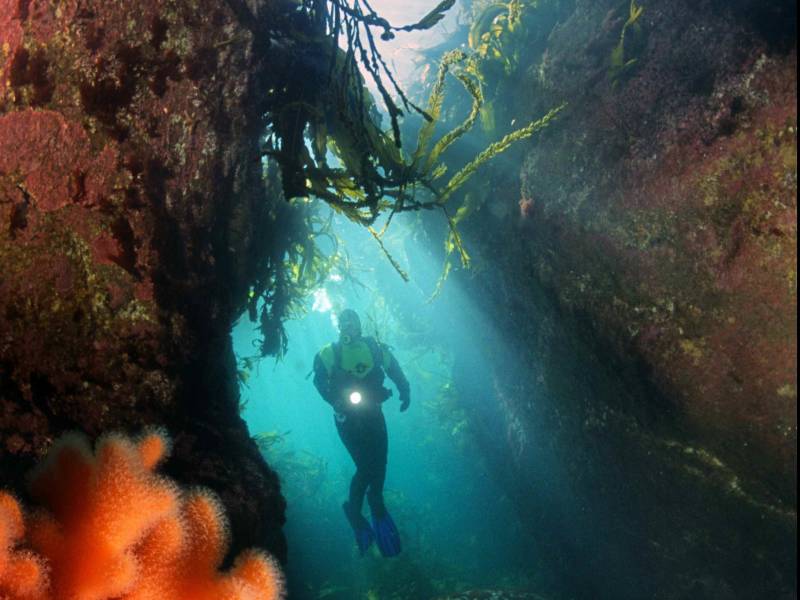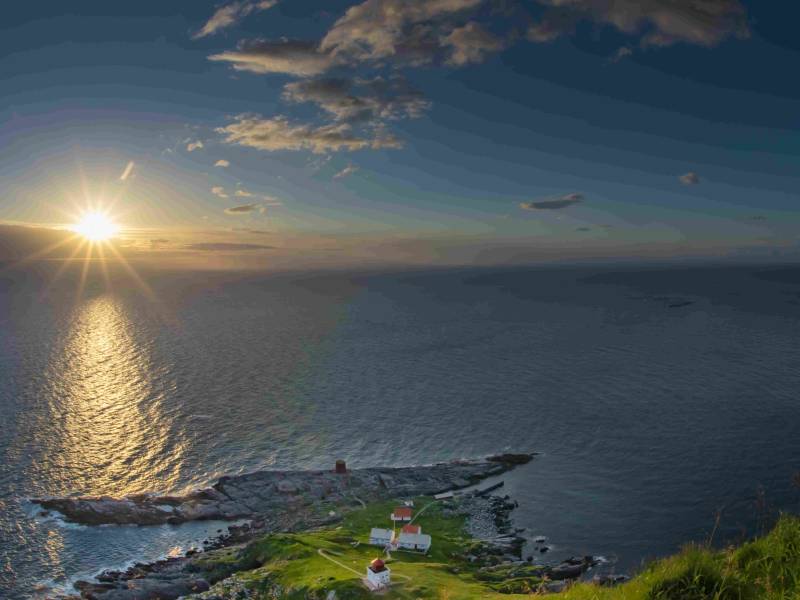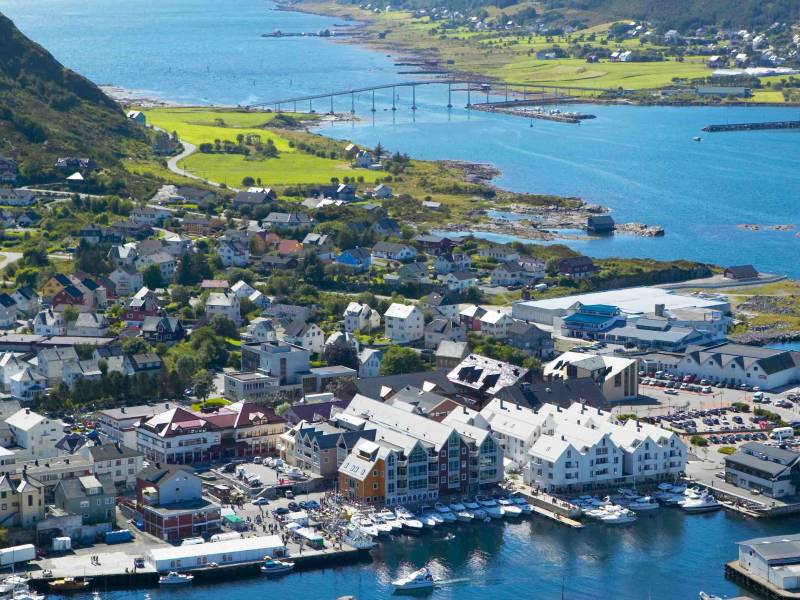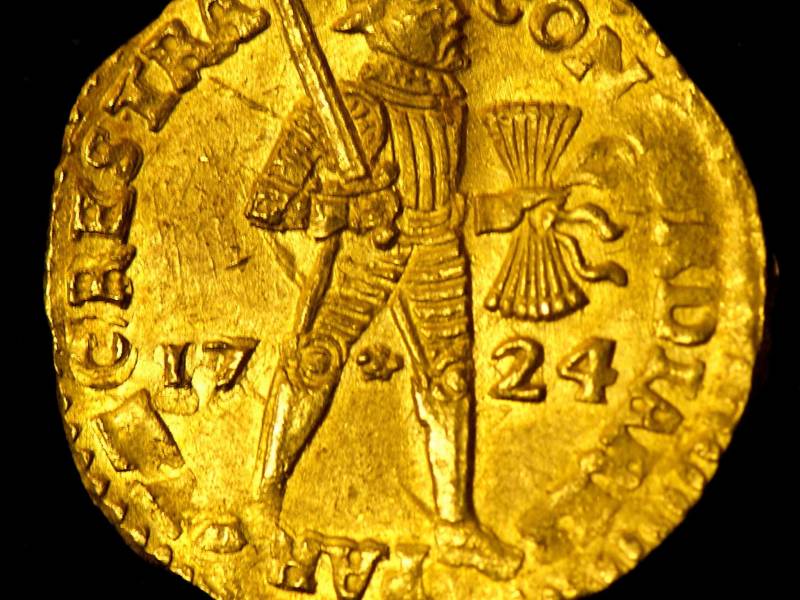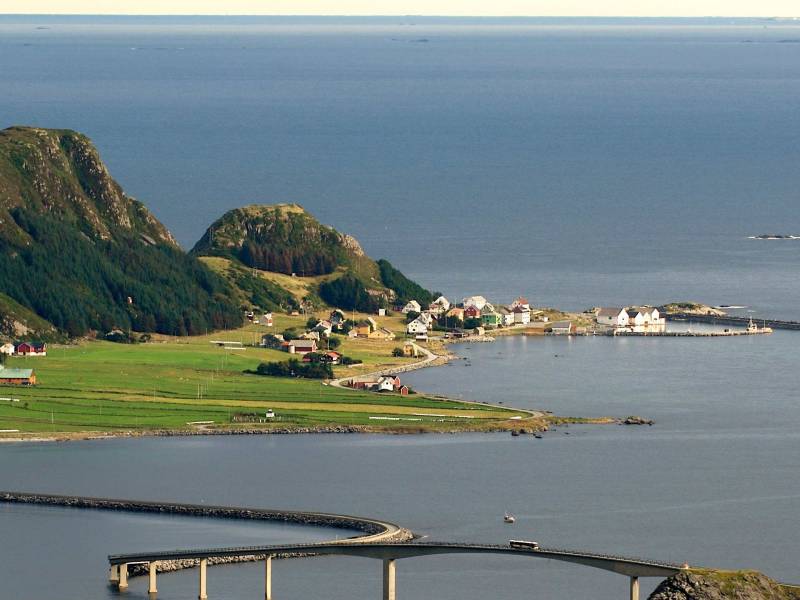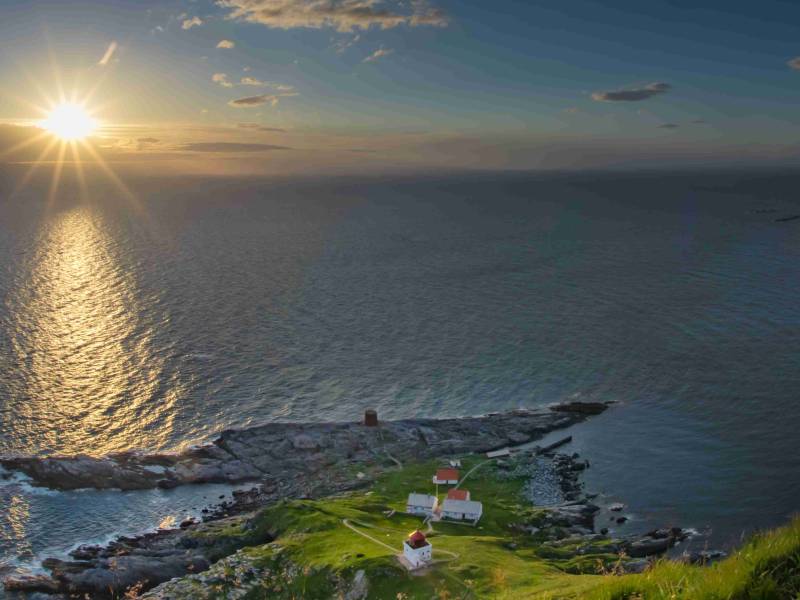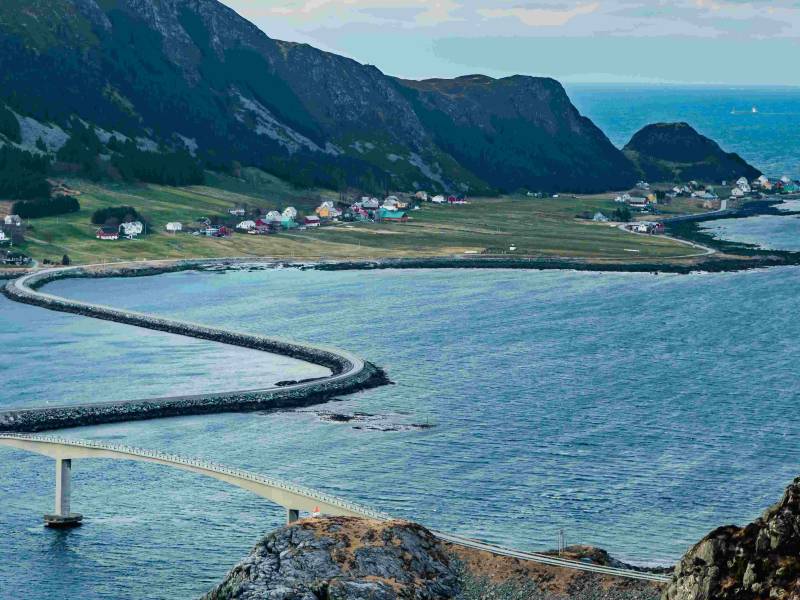FOSNAVÅG TOWN
Wherever you go, you can't get away from the fact that boats and fishing are the mainstay of Havlandet. This is also the case in the coastal town of Fosnavåg.
Even well into the 19th century, there were only a dozen or so houses here with several dozen inhabitants. But during the cod fishing season, there could be over a hundred boats with crews of over 700 men, who found places to live in people's attics and boathouses.
Throughout the 20th century, the small coastal town grew, and it remained rooted in fishing and fish processing; herring salting, herring oil and canning, cod steaming, fillet factory and clipfish drying. A cafe, a guest house and fishing homes arrived. The number of shops grew, and one butcher from the 1930s still has descendants today who use the same recipes and who sell meat products and other food in the Meny store in Fosnavåg town centre.
Then came the herring boom in the 1950s. There were several thousand men working on land, and so many boats in the harbour, that you could walk across it without getting your feet wet. The activity and value creation was enormous, and the capital and self-confidence that grew gave room for new initiatives when the herring later disappeared.
The next big step for Fosnavåg was the oil boom. The fishing boat owners brought their maritime knowledge with them into the offshore industry, and soon there were several listed offshore companies in the small coastal town, enough to secure Fosnavåg the title of best commercial town in Norway.
And town, well it's more of a village. On 7 June 2000, Fosnavåg received its town status. The most important thing about this was that the fishing boats could be allowed to paint the Fosnavåg name on their boats next to the boat’s name.
Audio guides available in:Norsk bokmål, English (British)








